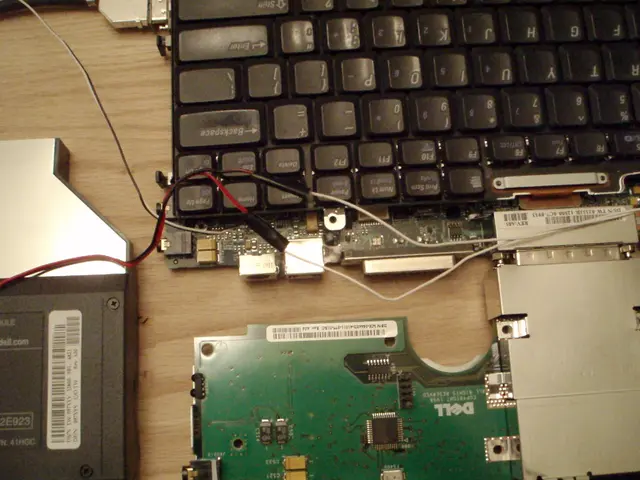DHL Logistics Intends to Achieve Zero Emissions: A Goal of 1,000 Electric Vehicles in Latin America by 2025
In an effort to create a more sustainable future, DHL, the global logistics giant, is making significant strides in Latin America. The company's focus is on developing a flexible supply chain that can adapt to challenges, while also prioritising the growth of an electric fleet.
Juan Carlos Aderman, Vice President of Transport at DHL Supply Chain, leads this charge. With a comprehensive programme and budget, DHL is implementing electric technologies across various countries, including Mexico, Brazil, Colombia, Chile, Peru, and Argentina.
Currently, DHL has approximately 550 to 600 electric vehicles in Latin America, but the goal is to reach 1,000 by next year. This expansion will support DHL's growing electric fleet and versatile logistics networks, which are designed to quickly adjust to any circumstance.
Regulatory challenges are seen as an opportunity for innovation by DHL. The company's initiatives in Latin America demonstrate this, as they have adapted to local conditions and gradually expanded electric mobility solutions tailored to specific market and regulatory environments.
DHL's "Control Towers", transport planning and management centres, play a crucial role in this endeavour. These centres are designed to maximise vehicle productivity and consolidate transport networks, while advanced planning technologies are used to optimise routes and minimise the number of kilometres travelled. This not only reduces energy consumption and emissions but also improves efficiency.
Flexible processes are key to DHL's strategy for adapting to new regulations, security emergencies, or unexpected changes in infrastructure. Operators are trained to turn off vehicle engines when stopped for long periods and to plan driving times to avoid congestion, thereby reducing fuel consumption.
While electrification is important, DHL is also exploring other technologies like natural gas and alternative fuels. The company's green agenda includes integrating these alternatives, such as natural gas, and monitoring tools like Total Visibility. New facilities, warehouses, and distribution centres are being built with electrification capabilities.
The real challenge for DHL, however, is not just distribution but also adapting to critical reverse logistics situations. The company's transport team in Latin America works extensively to adapt and change distribution networks to fit the diverse electric mobility regulations in each country.
In conclusion, DHL's commitment to a greener future is evident in its initiatives in Latin America. By focusing on developing a flexible supply chain, expanding an electric fleet, and exploring other sustainable technologies, DHL is setting a strong example for the logistics industry.
Read also:
- Peptide YY (PYY): Exploring its Role in Appetite Suppression, Intestinal Health, and Cognitive Links
- Toddler Health: Rotavirus Signs, Origins, and Potential Complications
- Digestive issues and heart discomfort: Root causes and associated health conditions
- House Infernos: Deadly Hazards Surpassing the Flames








